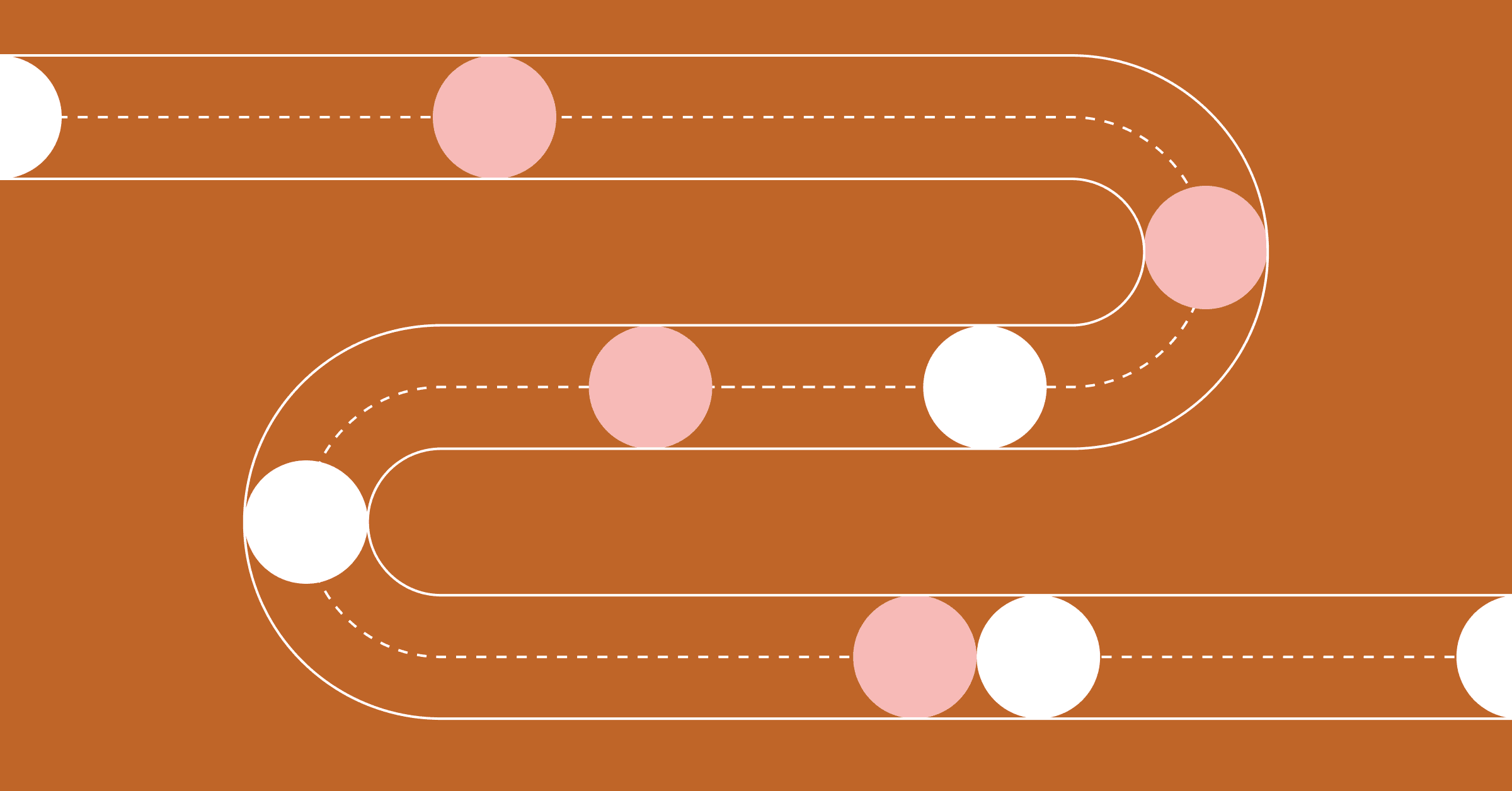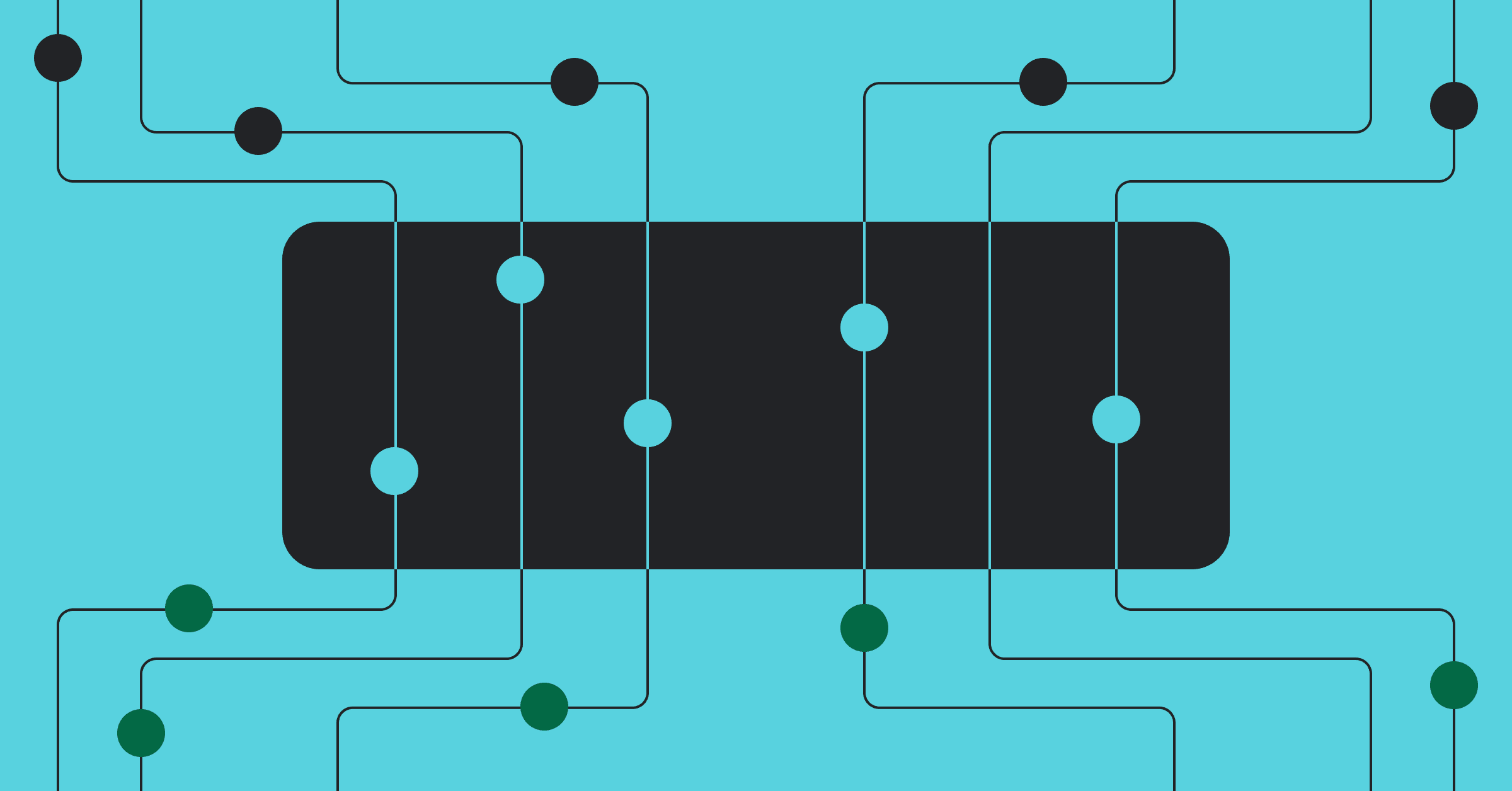For any rapidly growing company, there's a critical question: how do you scale your engineering team without sacrificing the very joy and productivity that made you successful? In 2022, Atlassian faced this challenge head-on. As a newly appointed CTO, Rajeev Rajan, championed the belief that developer joy unlocks sustained productivity, a principle that quickly became a company-wide OKR.
But a candid look in the mirror revealed a problem. According to Preeti Kota, Head of Engineering at Atlassian, an internal survey showed developer satisfaction was below 50%. This discovery was the catalyst for a multi-year journey to transform their engineering culture.
This article explores Atlassian's structured approach to solving this challenge, detailing how they identified core problems, empowered their teams through a unique champions program and a "10% Principle," and developed a sophisticated system for measuring what truly matters.
Identifying the core challenges
Through extensive research, Atlassian pinpointed three major sources of friction affecting their developers: difficult development processes, a perceived lack of autonomy to fix known issues, and a fear of breaking complex systems that relied on tribal knowledge.
"Collectively, we looked at all of these... and we knew we had to do something about it," Preeti notes. This analysis led to a structured, company-wide initiative to improve developer joy and productivity, backed by executive leadership.
A dual strategy: centralized champions and decentralized investment
Atlassian’s approach to empowerment is two-pronged. First, they established a cross-functional Developer Productivity Champions program with representatives from every engineering team. This central group identifies and funds organization-wide investments, facilitates the sharing of best practices, and drives key initiatives like remote development environments. "This is where this team champions all of the centralized changes that need to happen," Preeti explains. The program's success is evident: a recent company hackathon saw over 160 proposals focused on improving developer productivity.
Second, and perhaps most distinctively, Atlassian empowers teams with the "10% Principle." This is not an aspiration but a budgeted commitment: 10% of every engineering team's time is explicitly allocated to developer productivity improvements and tracked in Jira. "We came up with the 10% number as a reasonable way of starting this investment," Preeti says, adding that teams are free to invest even more if they see a strong payoff.
The returns have been dramatic. One team improved the percentage of changes reaching production within 48 hours from 12% to 32% in a single quarter. Another saw a 300% improvement in deployment frequency for a shared service, creating ripple effects across the entire organization.
Measuring what matters
Atlassian’s measurement strategy evolved from focusing solely on PR cycle time to a more holistic view of the developer journey. They now track metrics like issue cycle time (from a Jira ticket's start to its close), the effectiveness of self-service documentation, and the ease of dependency maintenance.
These quantitative metrics are balanced with qualitative data from monthly developer satisfaction surveys. To combat survey fatigue, many teams have made it a ritual to take five minutes during a standup to complete the survey together. This approach works because developers see tangible changes resulting from their feedback, creating a virtuous cycle of engagement.
Compass: productizing internal innovation
Atlassian's journey to improve its own developer experience ultimately led to an external product. Compass, their developer experience platform, grew out of internal tools built to manage the complexity of their distributed, microservices-based architecture.
As an internal developer portal, Compass serves as a centralized component catalog that helps developers find the information they need. It includes health scorecards to monitor the state of architecture and components, software templates to promote consistency, and extensive extensibility options to allow teams to adapt it to their specific needs.
A blueprint for engineering excellence
Atlassian's journey offers a powerful and repeatable blueprint for any organization looking to build a world-class engineering culture. Their success isn't rooted in a single silver-bullet solution, but in a holistic system that balances top-down sponsorship with bottom-up empowerment.
It begins with executive commitment to frame developer joy as a strategic priority. It thrives through a dual-strategy of empowerment, using a centralized Champions program to drive broad initiatives while giving individual teams the autonomy and dedicated time—their "10% Principle"—to solve their own problems. Finally, it endures by creating a tight feedback loop, using clear metrics and consistent surveys to prove that developer feedback leads to tangible improvements.
By treating developer experience as a core business function, Atlassian demonstrates that investing in developer joy isn't just a cultural perk—it's the most direct path to sustained productivity and engineering excellence.




